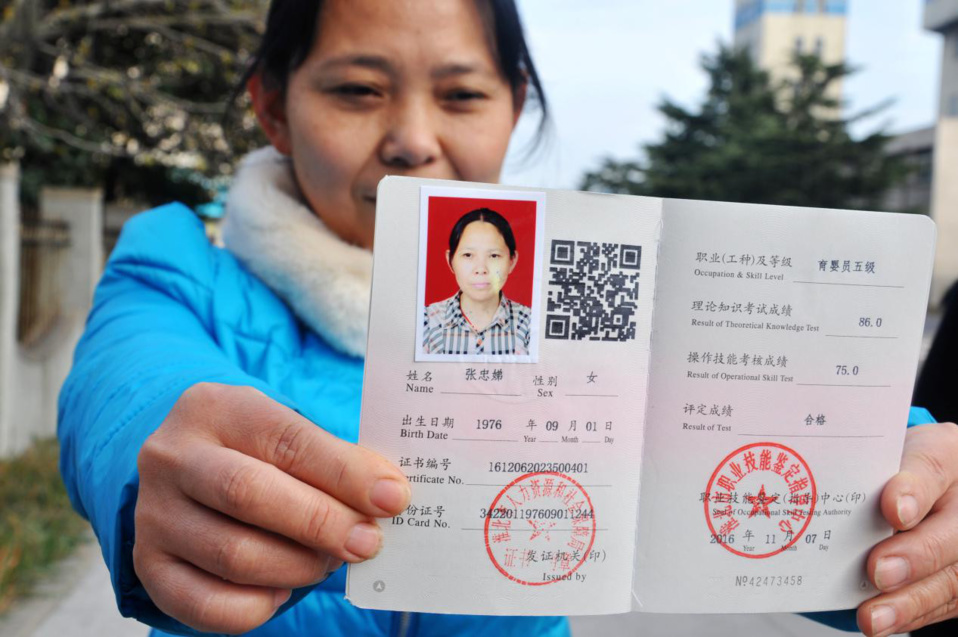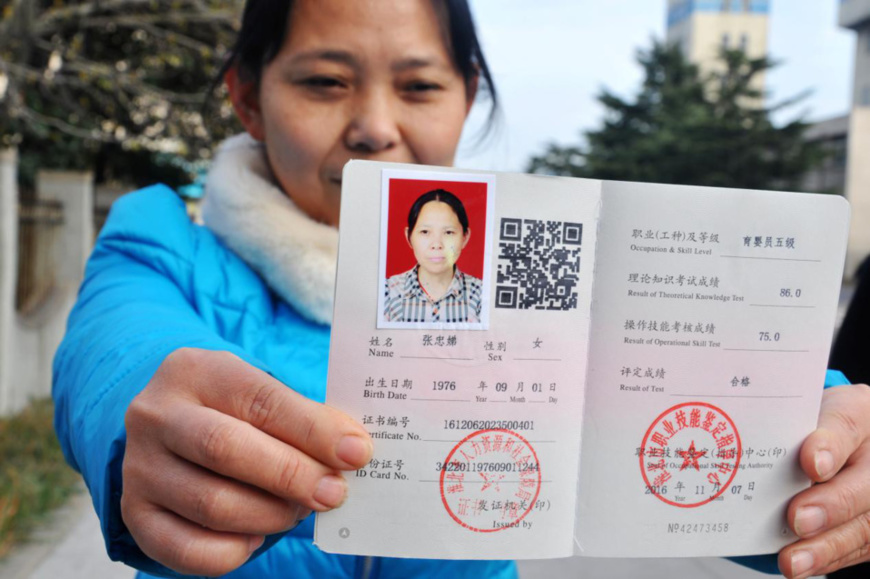By Zhang Huizhong from People's Daily
The initial results yielded from China’s supply-side structural reform have reinforced its confidence in continuing the momentum. Chinese President Xi Jinping pledged on 28th February that China will push ahead with the reform.
He made the remarks at a meeting of the Central Leading Group on Financial and Economic Affairs, while highlighting at the same time that tackling "zombie firms" was the key to reducing overcapacity this year.
The supply-side structural reform was launched to tackle the bottlenecks constraining China’s mid- to long-term development and economic restructuring process after its more than 30 years’ rapid growth.
First proposed by Xi in November 2015, the supply-side structural reform, focusing on five tasks of addressing overcapacity, reducing inventory, lowering leverage, cutting costs and bolstering areas of weakness, has been frequently mentioned in China's economic sector.
The supply-side structural reform is a shift from the previous demand-driven growth model fueled by the “troika” consisting of investment, consumption and exports. The effort aims for a more stable, coordinated and sustainable economic growth by improving supply environment, increasing supply efficiency and optimizing supply structure.
Significant progress has been made in various aspects last year. According to the National Development and Reform Commission, the goal of eliminating 250 million tons of coal and 45 million tons of steel overcapacity in 2016 has been over-fulfilled.
In terms of inventory reduction, China's commercial housing inventory fell for nine consecutive months from March to November of 2016. By the end of November, the asset-liability ratio of the industrial enterprises above the designated size was 56.1 percent, 0.6 percentage point lower than the same period of last year, data from the commission showed.
In the first eleven months of 2016, the cost of per-hundred-yuan turnover of principal activities of the industrial enterprises above the designated size was 85.76 yuan ($12.5), 0.14 yuan less compared with the same period last year. In addition, China has fulfilled the target of lifting 10 million rural residents out of poverty in 2016.
As the year of 2017 will be a key time to deepen the reform, experts suggested that in a bid to ensure the final effects, China needs to do more to balance the government and market, short-term benefits and long-term goals, as well as supply and demand with additional and streamlined policies.
Pic:
The government has launched skill training to reallocate workers laid off as a result of the effort to addressing overcapacity. Photo shows Zhang Zhongdi, a laid-off worker from Huaibei Mining Group in east China’s Anhui province, is demonstrating her domestic helper certificate. (Photo by Wang Daoyu from People's Daily)
He made the remarks at a meeting of the Central Leading Group on Financial and Economic Affairs, while highlighting at the same time that tackling "zombie firms" was the key to reducing overcapacity this year.
The supply-side structural reform was launched to tackle the bottlenecks constraining China’s mid- to long-term development and economic restructuring process after its more than 30 years’ rapid growth.
First proposed by Xi in November 2015, the supply-side structural reform, focusing on five tasks of addressing overcapacity, reducing inventory, lowering leverage, cutting costs and bolstering areas of weakness, has been frequently mentioned in China's economic sector.
The supply-side structural reform is a shift from the previous demand-driven growth model fueled by the “troika” consisting of investment, consumption and exports. The effort aims for a more stable, coordinated and sustainable economic growth by improving supply environment, increasing supply efficiency and optimizing supply structure.
Significant progress has been made in various aspects last year. According to the National Development and Reform Commission, the goal of eliminating 250 million tons of coal and 45 million tons of steel overcapacity in 2016 has been over-fulfilled.
In terms of inventory reduction, China's commercial housing inventory fell for nine consecutive months from March to November of 2016. By the end of November, the asset-liability ratio of the industrial enterprises above the designated size was 56.1 percent, 0.6 percentage point lower than the same period of last year, data from the commission showed.
In the first eleven months of 2016, the cost of per-hundred-yuan turnover of principal activities of the industrial enterprises above the designated size was 85.76 yuan ($12.5), 0.14 yuan less compared with the same period last year. In addition, China has fulfilled the target of lifting 10 million rural residents out of poverty in 2016.
As the year of 2017 will be a key time to deepen the reform, experts suggested that in a bid to ensure the final effects, China needs to do more to balance the government and market, short-term benefits and long-term goals, as well as supply and demand with additional and streamlined policies.
Pic:
The government has launched skill training to reallocate workers laid off as a result of the effort to addressing overcapacity. Photo shows Zhang Zhongdi, a laid-off worker from Huaibei Mining Group in east China’s Anhui province, is demonstrating her domestic helper certificate. (Photo by Wang Daoyu from People's Daily)
 Menu
Menu
 China to press ahead with supply-side structural reform
China to press ahead with supply-side structural reform

















